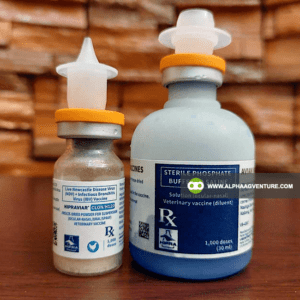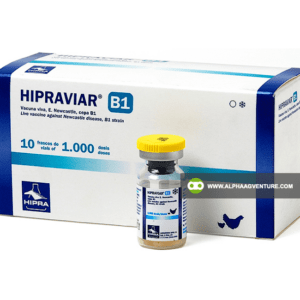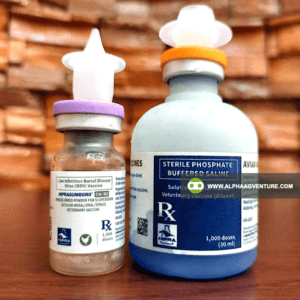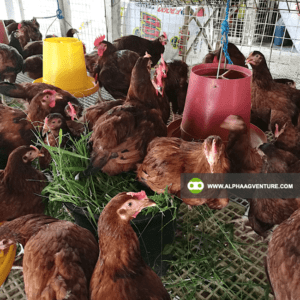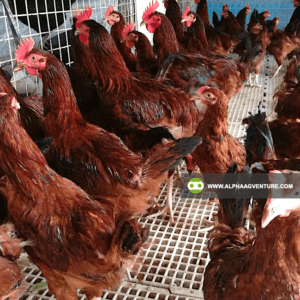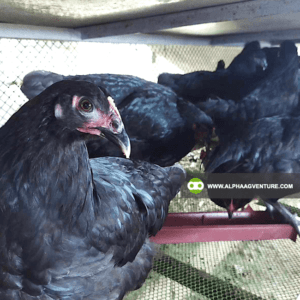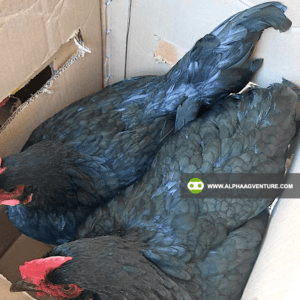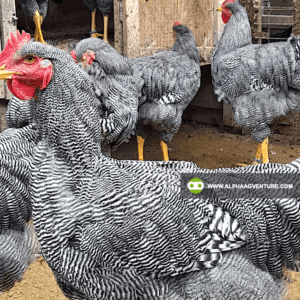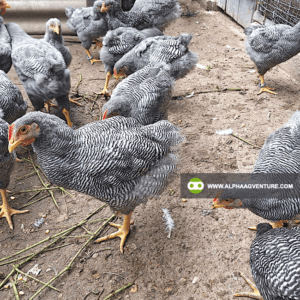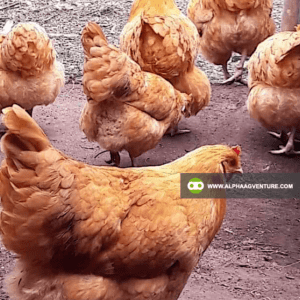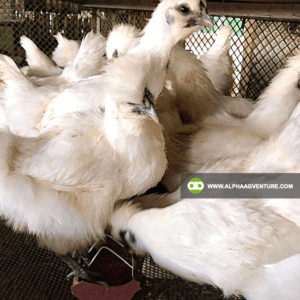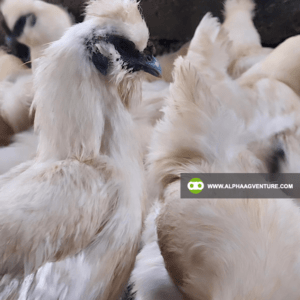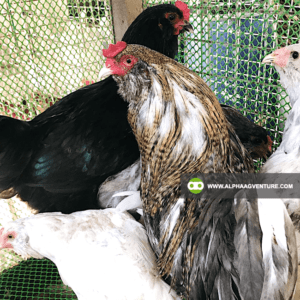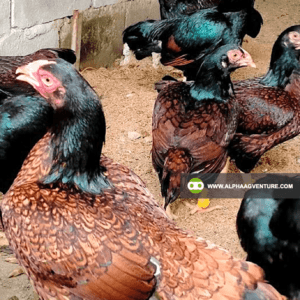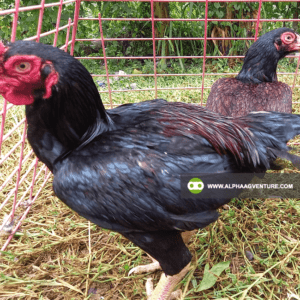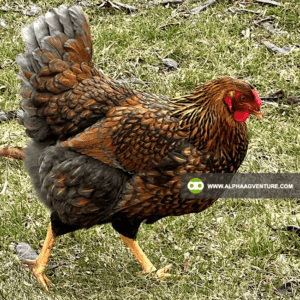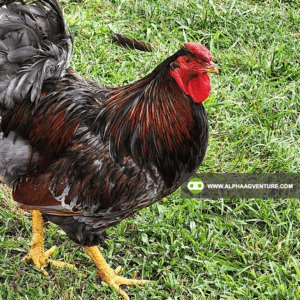Vaccinating poultry isn’t as simple as lining up your flock and giving them all their shots in one go. Some vaccines work well together, while others clash like rival gamefowl in a cockpit. Why? Because the immune system is a finely tuned mechanism, and overstimulating or mismanaging it can cause more harm than good. Today, I’ll break down why some vaccines can be administered together, what happens when they aren’t spaced properly, and which ones can (or cannot) be given on the same day. Let’s get into the science of it all.
Why Some Poultry Vaccines Can Be Administered Together While Others Cannot
In simple terms, vaccines interact with the bird’s immune system in different ways. Some create an immune response without interfering with other vaccines, while others can compete for immune system resources or even suppress each other’s effectiveness. Here’s why:
1. Live vs. Killed Vaccines
Live vaccines contain weakened (attenuated) viruses or bacteria that stimulate a strong immune response. Killed (inactivated) vaccines, on the other hand, contain dead pathogens that still trigger immunity but require an adjuvant to enhance the response. Live vaccines generally should not be administered together unless they are specifically formulated to work in combination (e.g., Newcastle Disease + Infectious Bronchitis). Meanwhile, live and killed vaccines can sometimes be given on the same day but through different routes.
2. Vaccine Interference
Some live vaccines can interfere with one another if given simultaneously. For example, administering live Newcastle Disease (ND) and live Gumboro (Infectious Bursal Disease, IBD) vaccines at the same time may lead to an overburdened immune system. Studies have shown that concurrent administration of these two can result in reduced protection against one or both diseases (Rauw et al., 2009).
3. Mucosal vs. Systemic Immunity
Certain vaccines work through mucosal immunity (like those administered via drinking water or spray), while others rely on systemic immunity (like those given via injection). Administering two vaccines that compete for mucosal immunity may reduce effectiveness. For example, giving live ND and live IB vaccines through the same route may lead to interference, necessitating proper spacing between doses.
What Happens If You Administer Incompatible Vaccines Together?
Ever wondered what could go wrong if you just vaccinated without checking compatibility? Here’s what might happen:
1. Reduced Efficacy
The worst-case scenario is that neither vaccine works effectively, leaving your birds vulnerable. For instance, if a strong live vaccine suppresses the immune response, a weaker one given alongside it may fail to generate adequate immunity (Sharma et al., 2014).
2. Immunosuppression
Some vaccines, especially live ones, can temporarily suppress the immune system. Gumboro vaccine, for example, can depress the immune system for days, making birds more susceptible to secondary infections if another live vaccine is given at the same time.
3. Vaccine Reactions and Stress
Too many vaccines given at once can stress the birds, leading to post-vaccination reactions such as lethargy, decreased feed intake, or even mortality. The immune system is powerful, but it has its limits. Just like how you wouldn’t want to get all your flu, pneumonia, and hepatitis shots in one sitting, your chickens appreciate a well-planned schedule too!
List of Poultry Vaccines in the Philippines and Their Compatibility
Here’s a guide based on practical experience and scientific recommendations:
Vaccines That Can Be Administered Simultaneously:
- Newcastle Disease (ND) + Infectious Bronchitis (IB) – These are often combined in a single formulation and can be given via drinking water, spray, or eye drops.
- Gumboro (IBD) + ND/IB – Can be given on the same day if needed, but best spaced at least 3 days apart for better efficacy.
- Fowl Pox + Coryza – These can be administered together but via different routes (Fowl Pox via wing-web, Coryza via injection).
- Marek’s Disease + ND – Administered at day-old via subcutaneous injection.
Vaccines That Require Spacing:
- Live ND and Live Gumboro – Should be given at least 1 week apart.
- Gumboro and Marek’s Disease – Marek’s is given at hatch, while Gumboro follows later (usually at 14-21 days of age).
- Killed vaccines after live vaccines – A gap of 2-3 weeks is ideal to allow the live vaccine to establish immunity first.
- Avian Encephalomyelitis (AE) and Fowl Pox – Best given separately to avoid immune interference.
Important Considerations:
- Route of administration matters – If two vaccines are compatible but use the same administration route (e.g., both given via drinking water), timing should be adjusted for better uptake.
- Environmental factors play a role – Hot weather, disease outbreaks, or transport stress can affect vaccine efficacy, so timing should be adjusted accordingly.
Final Thoughts: Plan Your Vaccination Program Wisely
Vaccinating poultry is a science, not a guessing game. The right schedule ensures your birds develop robust immunity without unnecessary stress. If you’re unsure about vaccine compatibility, always consult a veterinarian or refer to manufacturer guidelines. Want a customized vaccination plan for your flock? Let’s talk—I can help you optimize your poultry health program for maximum protection and efficiency.
And speaking of vaccination programs, do you want to learn everything about raising poultry, from vaccination schedules to maximizing egg production? Join me for a face-to-face chicken farming seminar in Manila on May 3, 2025! This isn’t just another seminar—it’s your chance to gain expert-level knowledge and take your poultry farm to the next level. Seats are limited, and registration is now open. Secure your spot before it’s too late! Register here!
If you’re looking for high-quality poultry breeds, I’ve got you covered. At Alpha Agventure Farms, I offer Rhode Island Red, Black Australorp, Barred Plymouth Rock, Buff Orpington, Chinese Silkie, Ameraucana, Wyandotte, Cornish, Tetra Brown, ISA White, Dekalb White, and Dekalb Brown chickens. Whether you’re after top-tier egg layers or hardy meat birds, you’ll find the perfect fit for your farm.
On top of that, I also provide essential poultry vaccines such as Newcastle Disease, Gumboro, Fowl Pox, and Coryza to ensure your flock stays protected. Investing in the right breeds and vaccines is key to a thriving poultry business—let me help you make the right choices!
What do you think? Have you ever experienced vaccine incompatibility in your flock? Let me know!
References
Rauw, F., Gardin, Y., Palya, V., Anbari, S., Lemaire, S., Boschmans, M., & Lambrecht, B. (2009). The positive impact of vaccination against IBDV on the efficacy of Newcastle disease vaccination. Avian Pathology, 38(6), 419-426.
Sharma, J. M., Zhang, Y., Jensen, E., & Rautenschlein, S. (2014). Current and future prospects for recombinant vaccines against infectious bursal disease. World’s Poultry Science Journal, 70(2), 285-296.
Swayne, D. E., Glisson, J. R., McDougald, L. R., Nolan, L. K., Suarez, D. L., & Nair, V. (2013). Diseases of Poultry. John Wiley & Sons.
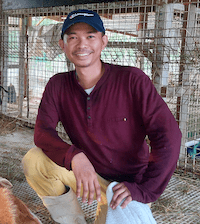
Mr. Jaycee de Guzman is a self-taught agriculturist and the founder and patriarch of Alpha Agventure Farms, recognized as the leading backyard farm in the Philippines. With a rich background in livestock farming dating back to the early 1990s, Mr. de Guzman combines his expertise in agriculture with over 20 years of experience in computer science, digital marketing, and finance. His diverse skill set and leadership have been instrumental in the success of Alpha Agventure Farms.



